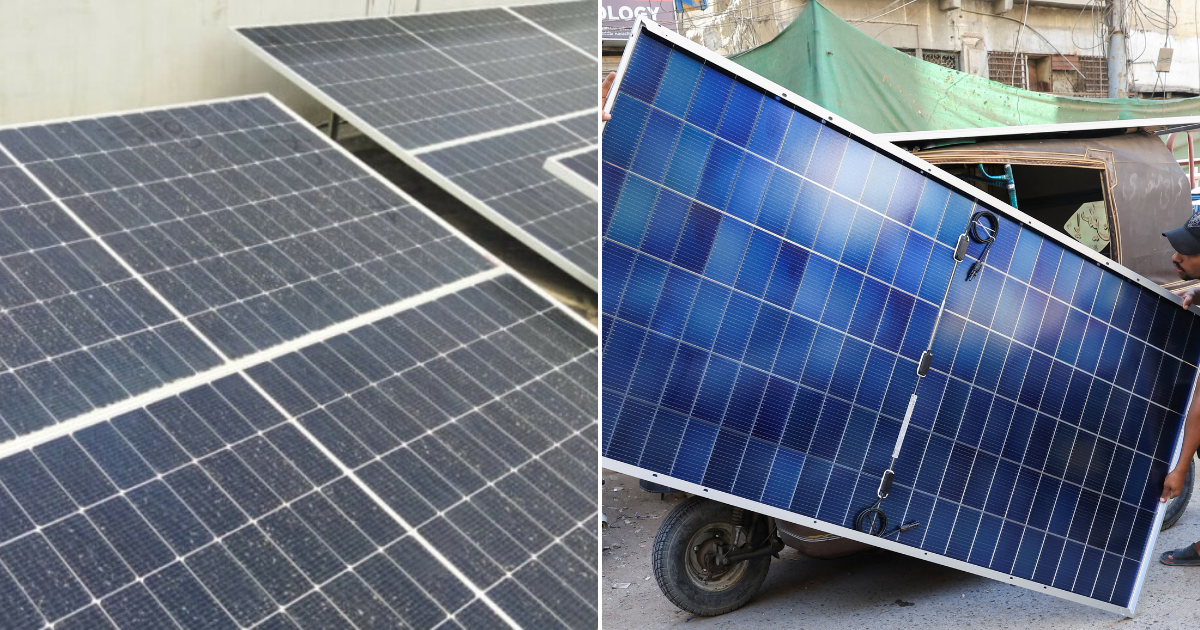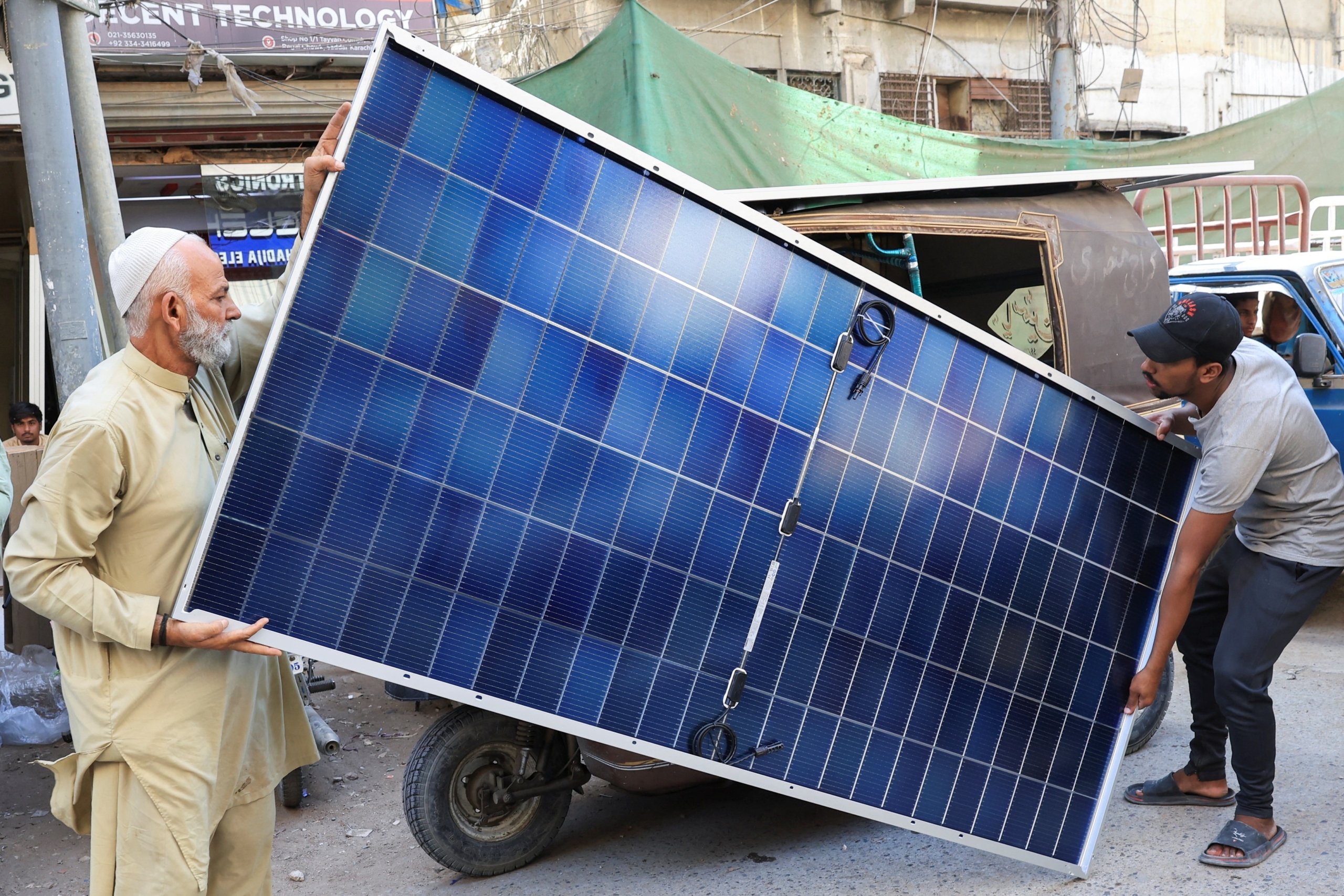Minimum custom amount to enter is AED 2
By donating, you agree to the Privacy Policy and Terms of Service

Karachi residents with solar-powered homes were surprised when their K-Electric bills arrived in August. Even with rooftop panels, many saw higher bills than expected. Monsoon clouds, dust, and grid outages all contributed to lower solar generation and higher electricity costs.
It wasn’t only the clouds. Researchers report that dust and pollution in Karachi’s air can cut solar panel output by up to 60%. Even panels soaking up sunlight may produce far less electricity than expected. Homes in areas with more pollution or dust accumulation saw a bigger drop in solar generation.

During the monsoon, many parts of Karachi experienced power outages. Grid-tied solar systems have a safety feature called anti-islanding protection. When the grid goes down, the inverters shut off automatically to prevent back-feeding electricity. This means rooftop panels stop sending power to the grid and often to the home until the grid stabilizes, eliminating solar savings during outages.
A REN21 report notes that much of Pakistan’s solar generation isn’t reflected in official stats. Some new setups allow buildings to run directly on solar during outages, but this is often unmeasured. Experts say that while this effect exists, it does not explain August’s spike alone. The primary factors remain dust, pollution, weather, and safety shutdowns.
Read next: Murtaza Wahab Sets 60-Day Deadline for Delayed Karachi Projects
Minimum custom amount to enter is AED 2
By donating, you agree to the Privacy Policy and Terms of Service